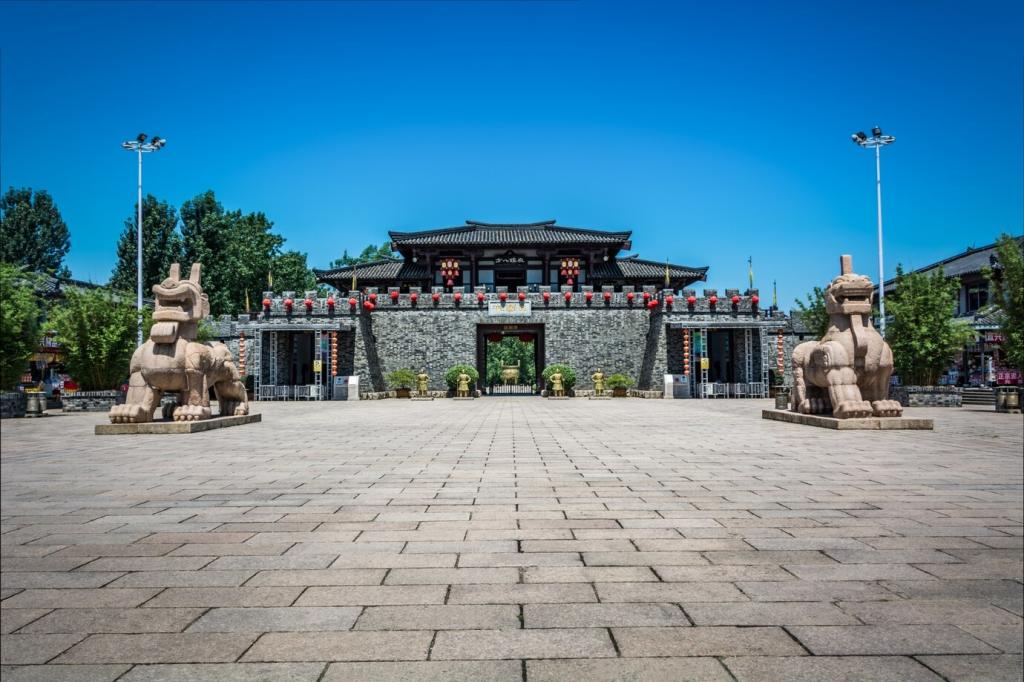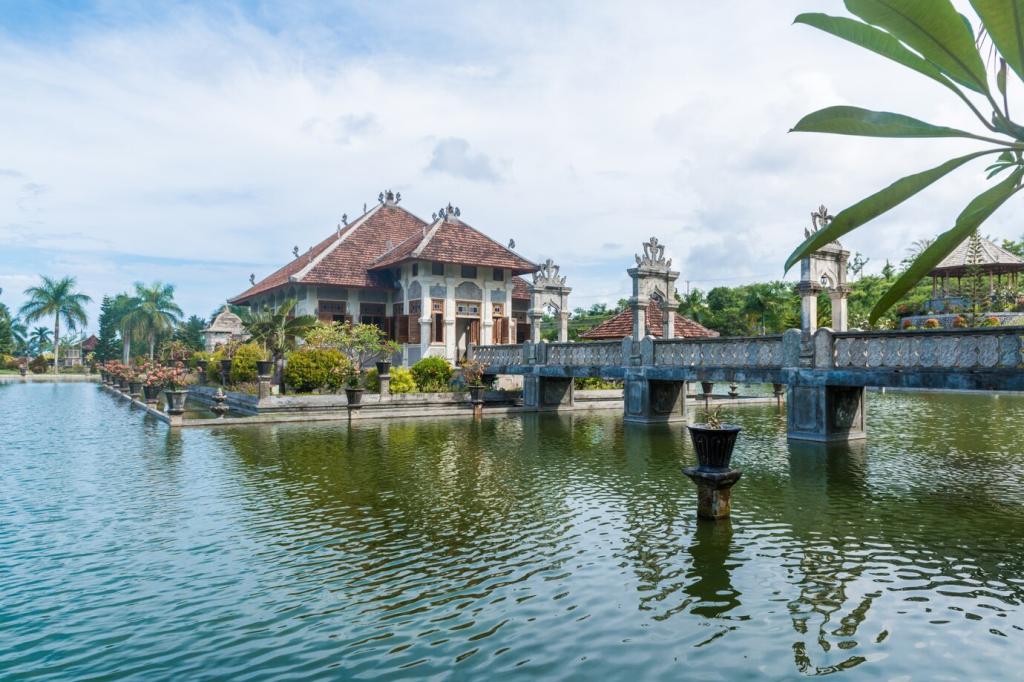People, Wildlife, and Policy: Designing with Care
Low-noise blades, careful siting, and slow-start controls reduce disturbance. Bird-friendly colors, lighting strategies, and seasonal monitoring help protect wildlife, turning potential conflicts into shared stewardship of urban skies.
People, Wildlife, and Policy: Designing with Care
Workshops and rooftop walkthroughs demystify how building-integrated wind works. When residents help choose locations, review acoustic plans, and see real data dashboards, support grows and pride follows. Tell us your city and concerns.
People, Wildlife, and Policy: Designing with Care
Local ordinances set height, noise, and setback limits, while grid interconnection defines metering and safety. Early coordination with authorities avoids delays and aligns wind harvesting with broader clean-energy targets.





